The Camino de Santiago is a pilgrimage route increasingly traveled by pilgrims, most of whom are Spanish. However, over the years, the number of foreign pilgrims has been notably increasing, as well as the variety of their origins. So, we wonder: where do the pilgrims who walk the Camino de Santiago come from? Based on the official statistics of 2023, let’s learn about the origins of the Jacobean pilgrims, who make it a melting pot of cultures.
Origin of the pilgrims on the Camino de Santiago
The Camino de Santiago has roots that go back to the Middle Ages. It has always been a symbol of unity and spirituality, attracting pilgrims from all over the world. It is also a space for cultural exchange and meeting people from different countries and cultures. The international vocation of the Jacobean routes is reflected in the diversity of its walkers. This confluence of nationalities and the spirit of fraternity make this pilgrimage a very special journey.
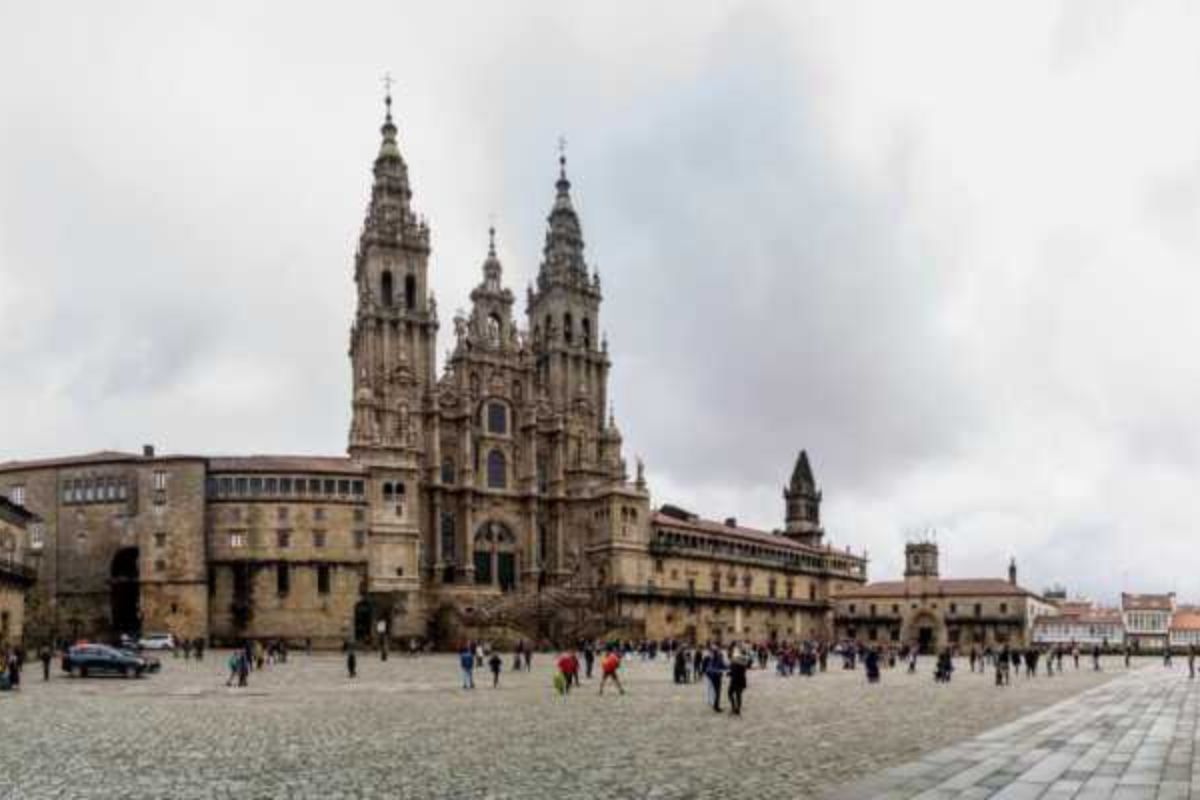
The Plaza del Obradoiro and the Santiago Cathedral receive visits from pilgrims from all over the world every year
Each year, more foreign pilgrims walk the route, and their countries of origin are increasingly varied. Let’s see where the pilgrims came from in 2023.
How many pilgrims walked the Camino de Santiago in 2023?
In 2023, 446,039 pilgrims arrived in Santiago and requested the Compostela, according to data from the Pilgrim’s Office. Not all pilgrims who arrive in Santiago request it, so the actual number could be higher. Additionally, many pilgrims do not reach Santiago but only walk sections of the Camino.
How many national pilgrims were there?
Almost 45% of the pilgrims who arrived in Santiago in 2023 were Spanish. With 197,185 pilgrims, the Spanish were the majority nationality. Andalusian pilgrims stand out with 46,252, followed by those from Madrid, Valencia, Catalonia, and Galicia. The image below speaks for itself.
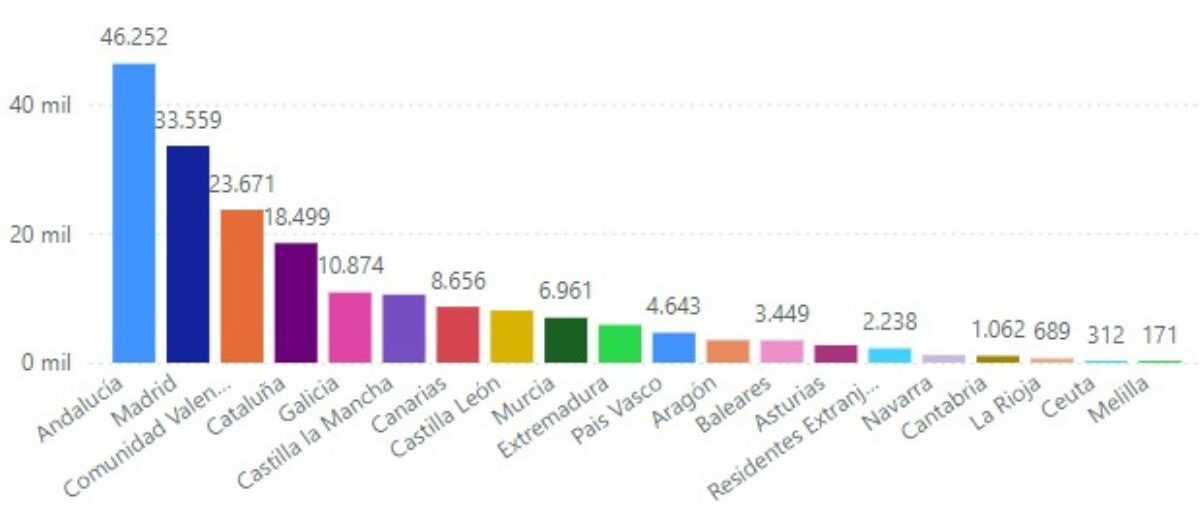
National pilgrims in 2023 by Autonomous Community. Source: Pilgrim’s Office of Santiago de Compostela
Note that foreign residents are included, who outnumber some regions of Spain.
How many international pilgrims were there?
The United States was the second most represented country on the Camino, with 32,071 pilgrims, almost 8%, and the first among foreigners. Next were Italy (28,651), Germany (24,351), and Portugal (20,697). Foreign pilgrims totaled 243,141, surpassing nationals.
As seen, the continents of America and Europe lead in terms of pilgrim numbers. However, we can confirm that there are pilgrim representatives from all continents, as shown in the image below. In fact, they even come from countries you may have never heard of.
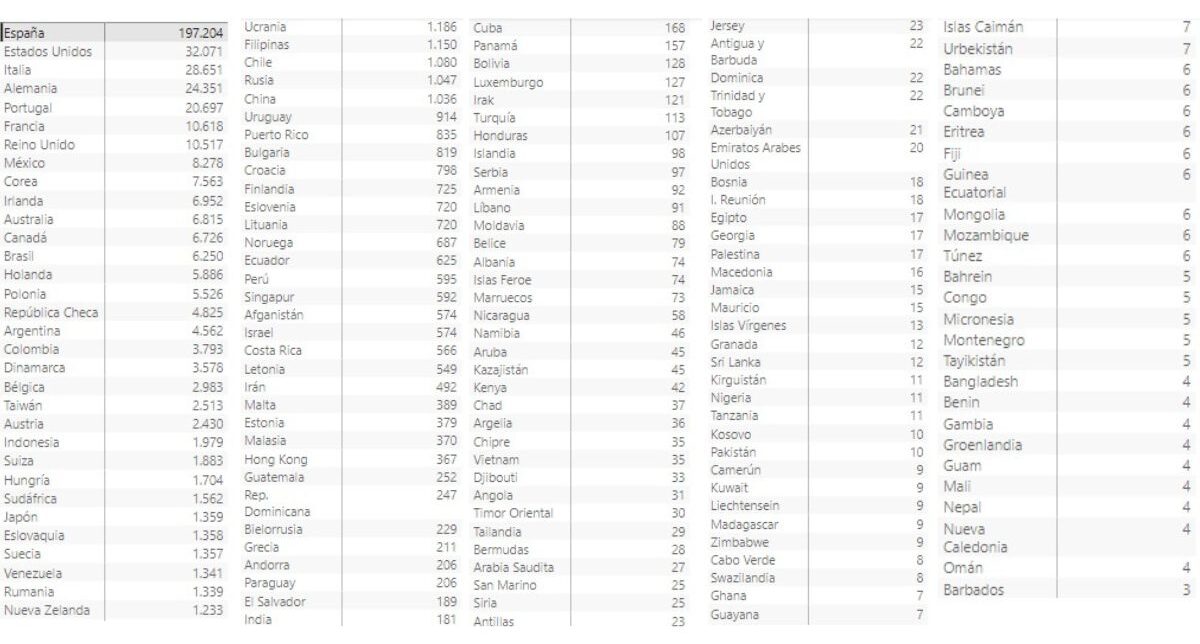
Countries of origin of the pilgrims in 2023. Source: Pilgrim’s Office of Santiago de Compostela
Preferred routes by pilgrims
The top 3 preferred routes are led by the French Way. With 219,786 pilgrims, almost half of the total, it remains the most popular route. It is followed by the Portuguese Way, with 88,717 pilgrims, and the Portuguese Coastal Way, with 52,747.
Next on the list are the English Way (24,093), the Primitive Way (20,714), and the Northern Way (20,583). The remaining routes have much lower figures. The following table provides more details.
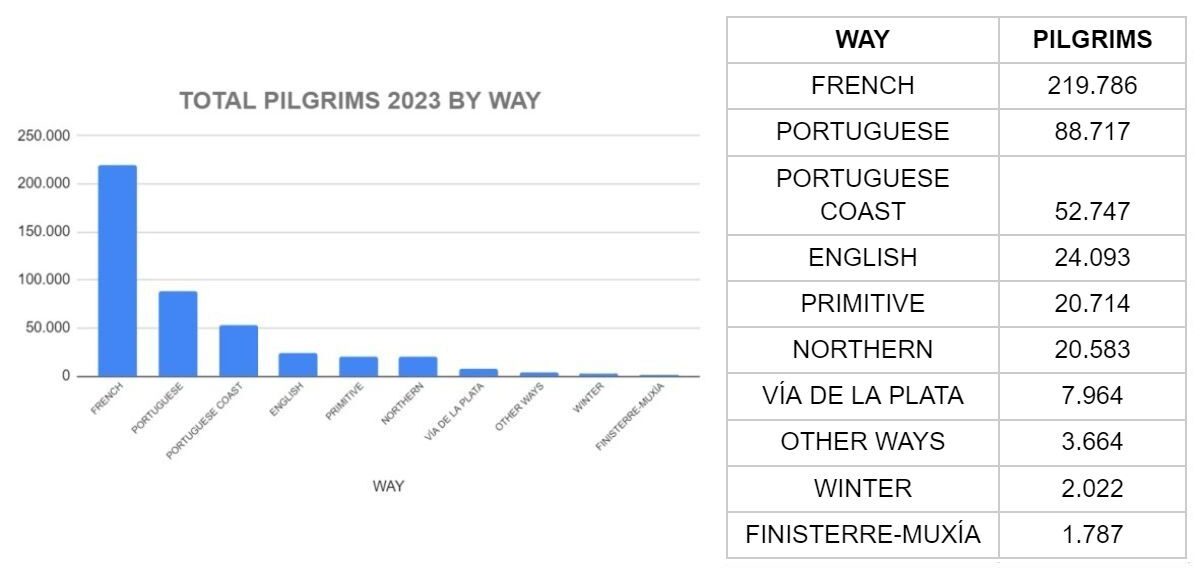
Preferred routes by pilgrims in 2023. Source: Pilgrim’s Office of Santiago de Compostela
Where did most pilgrims start from?
The town of Sarria in Lugo, with 131,138 pilgrims, is the preferred starting point for the Camino, with almost 31%. It is followed by Porto, with 46,281 pilgrims, approximately 11%, as the starting point for both the historic Portuguese route and the Coastal route. The city of Tui, with 32,860 pilgrims, represents almost 8%. However, there are many routes and sections to walk, and the following image shows other possible starting points of the Camino.
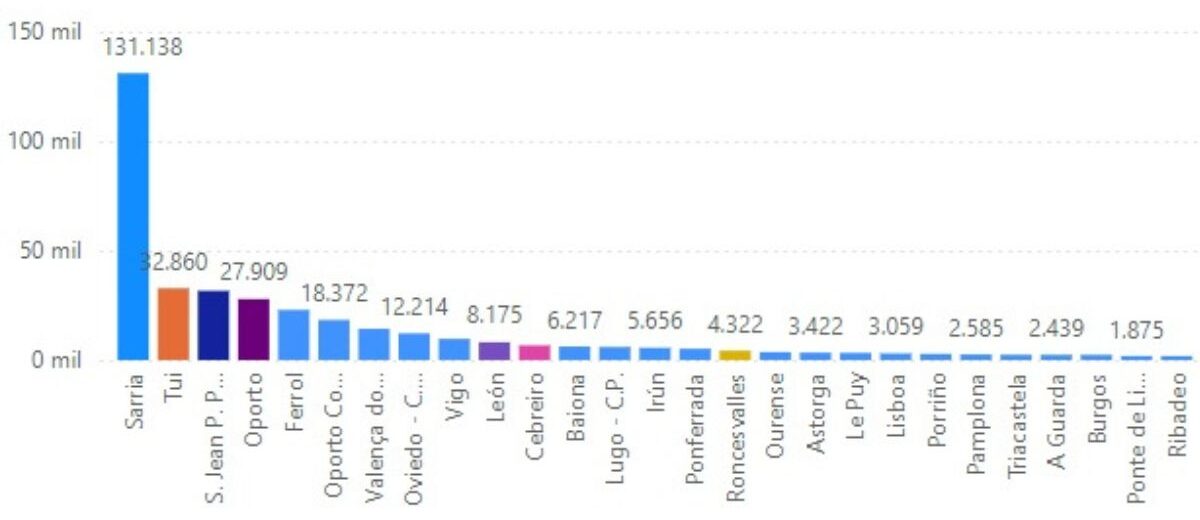
Preferred starting points by pilgrims in 2023. Source: Pilgrim’s Office of Santiago de Compostela
Besides the classic and not-so-classic starts, there are many origins of pilgrims. The list is not complete, as it would be very long. Would you believe it if we told you that some pilgrims started the Camino in Slovakia, Bulgaria, or Egypt? As the saying goes, there are as many Caminos as there are starting points for pilgrims.
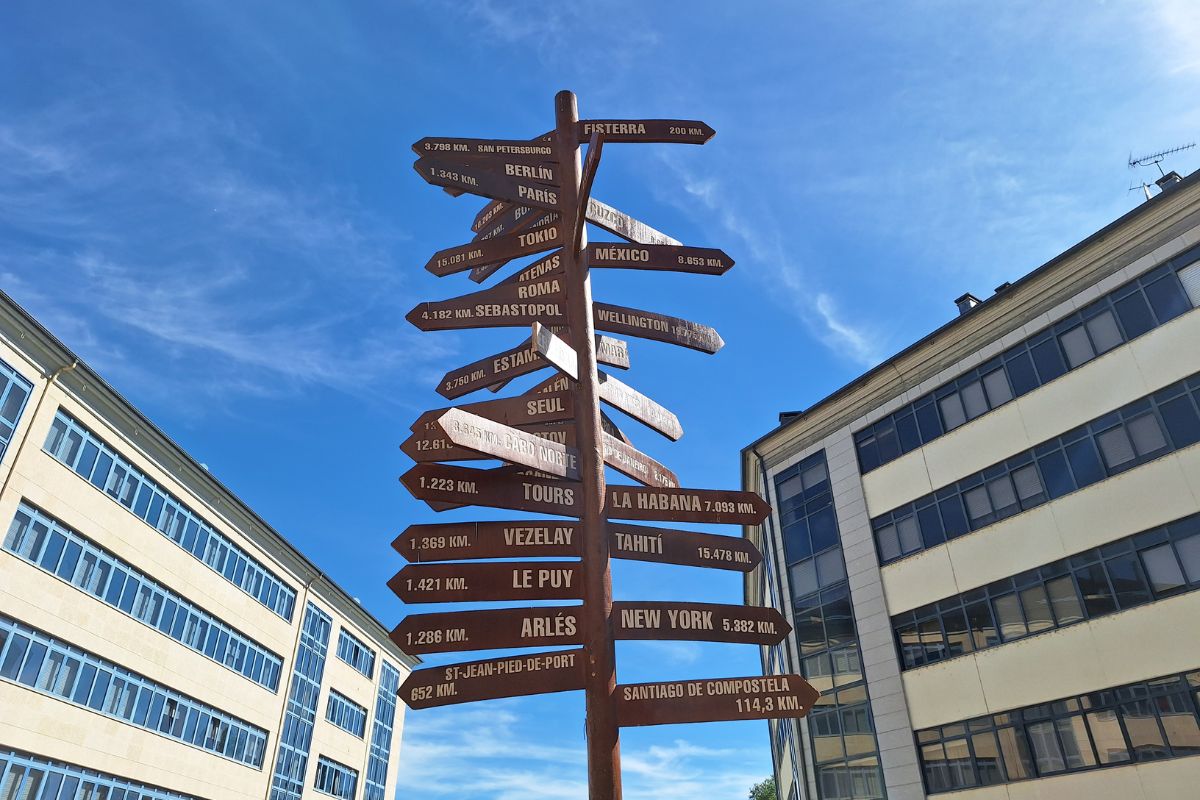
Pilgrims from all over the world walk the Camino de Santiago every year
In conclusion, we must confirm that the Camino is very much alive and continues to grow in the number of pilgrims. In recent years, there have been more international pilgrims, and there is increasing diversity in the countries represented in this living Tower of Babel.
The Camino de Santiago is a route that welcomes everyone, regardless of origin, language, skin color, or beliefs. That is the richness of the Camino and perhaps one of its strengths. The power of gathering, bonding, and socializing on the Camino is more than evident, and it is one of its main attractions. Because, as you can read upon arriving in Santiago, Europe was made on the Camino to Compostela.

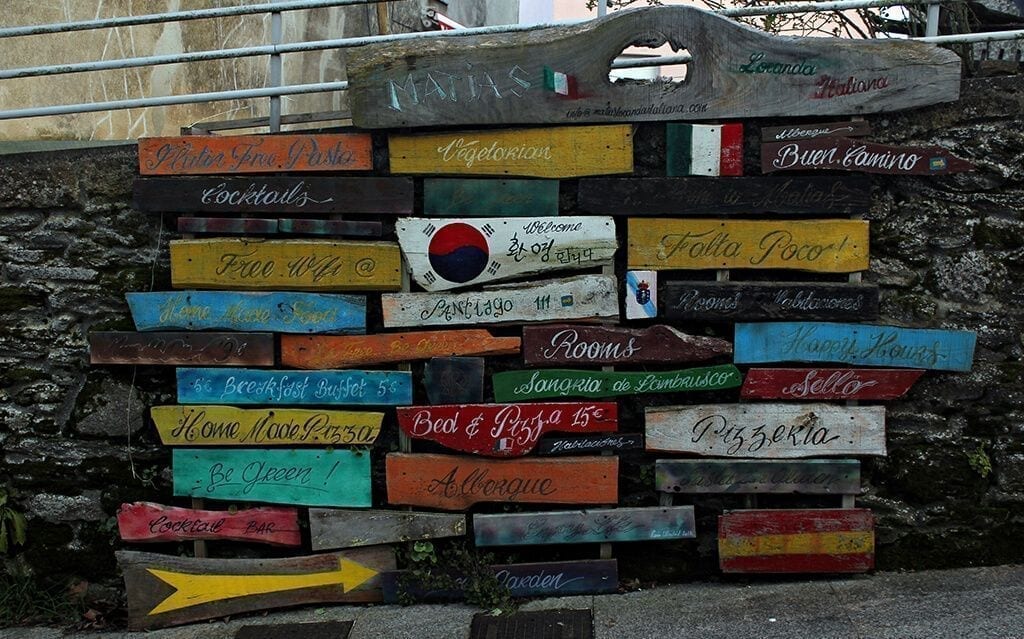


Leave A Comment